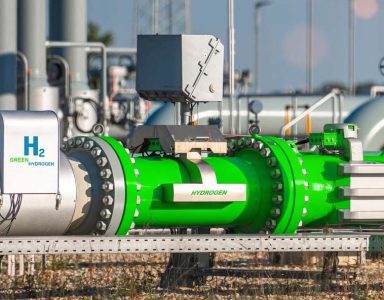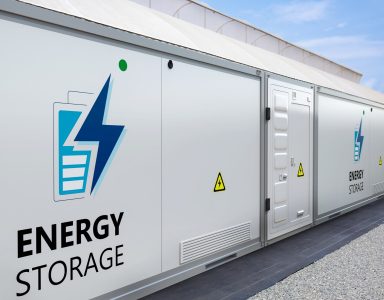The relevance of ‘relevant costs’ in your Innovation Fund application
When preparing an Innovation Fund proposal, one of the first financial concepts applicants encounter is the “relevant costs.” At first glance, the term sounds straightforward, but in reality, it is one of the most critical and misunderstood parts of the entire application. Understanding what counts as relevant, how to calculate it, and how to document it properly can determine whether your project stands a chance in evaluation.
What “relevant costs” really mean
The Innovation Fund supports up to 60% of a project’s relevant costs. These are not the total investment costs, but the additional costs that arise because a project reduces greenhouse gas emissions compared to a conventional alternative.
In simple terms:
Relevant costs = costs of the innovative low-carbon project – costs of the conventional reference scenario
This difference represents the “extra effort” required to innovate, and the EU is willing to fund part of that effort. To calculate this properly, applicants must identify a realistic reference plant or baseline scenario. For instance, if a company proposes an electrolyser-based hydrogen process, the reference might be conventional hydrogen from natural gas. The gap between the two defines the relevant costs.
Why it matters for your Innovation Fund application?
The relevant cost methodology is not just a technical requirement; it’s a fairness principle. It ensures that EU funds only support the part of the investment that truly drives emission reduction, not what would have happened anyway. For evaluators, it’s also a consistency check: if your relevant costs seem inflated or unclear, the entire financial logic of your project may come into question.
Common pitfalls
Many applicants stumble over the same issues:
- Overestimating total CAPEX or OPEX without clearly separating which parts belong to the innovative process;
- Ignoring operational benefits, such as revenue from by-products, ETS savings, or lower energy costs;
- Mixing eligible and non-eligible items, like financing costs, land acquisition, or corporate overheads;
- Double-counting public funding already obtained elsewhere.
Each of these mistakes can reduce credibility and lead to correction by CINEA reviewers, or, in the worst case, rejection.
The Financial Information File (FIF) as your guide
CINEA provides the Financial Information File (FIF), an Excel-based template that defines how relevant costs must be presented. It includes all calculation sheets: CAPEX, OPEX, emission avoidance, cost efficiency, and automatically applies the official formulae.
It’s vital to ensure that your internal financial model fully matches the FIF. Many applicants build detailed spreadsheets but then fail to update the FIF accordingly. Evaluators only read the FIF if it tells a different story. Your underlying model won’t help.
Best practices for credible cost calculation
- Be transparent in your assumptions: Cite your data sources (supplier quotes, engineering studies, energy market forecasts). Evaluators want to see where your numbers come from.
- Justify the reference scenario: Describe not only what your baseline technology is, but why it’s appropriate for your region and industry.
- Include operational benefits carefully: Don’t ignore cost savings or new revenues — but document them clearly and avoid over-optimism.
- Run sensitivity checks: A short analysis of how your relevant costs change with market variables (e.g., CO₂ price or electricity cost) shows you understand the financial dynamics.
- Document internal reviews: Keep a short internal memo explaining how you calculated relevant costs. This helps if evaluators request clarification later.
Support with your Innovation Fund application
Accurately calculated relevant costs do more than comply with the rules. They show that your project is financially mature. Reviewers notice when assumptions are justified, data is traceable, and numbers add up. For applicants, this exercise also has internal value: it clarifies the true cost of innovation and strengthens your business case beyond the grant.
Understanding relevant costs is not just a compliance step; it’s a way to tell a credible financial story. The Innovation Fund rewards projects that are transparent about what their innovation truly costs and what it delivers in return. At Hezelburcht, we help companies navigate this complexity, aligning financial models, FIF requirements, and strategic funding potential, so that innovation and credibility go hand in hand. Would you like to get more information about the Innovatoin Fund programme? Or would you like to schedule a meeting to discuss you options? Contact us via info@hezelburcht.com, call us on 088 495 20 00, or fill in the contactform.





